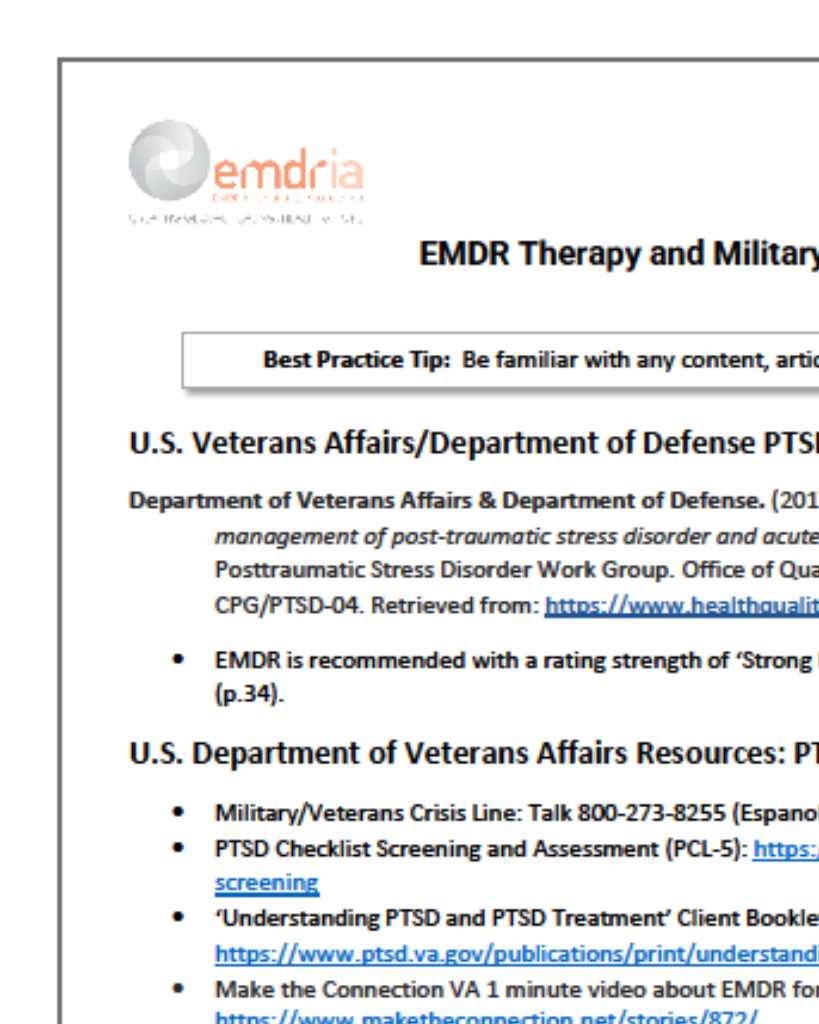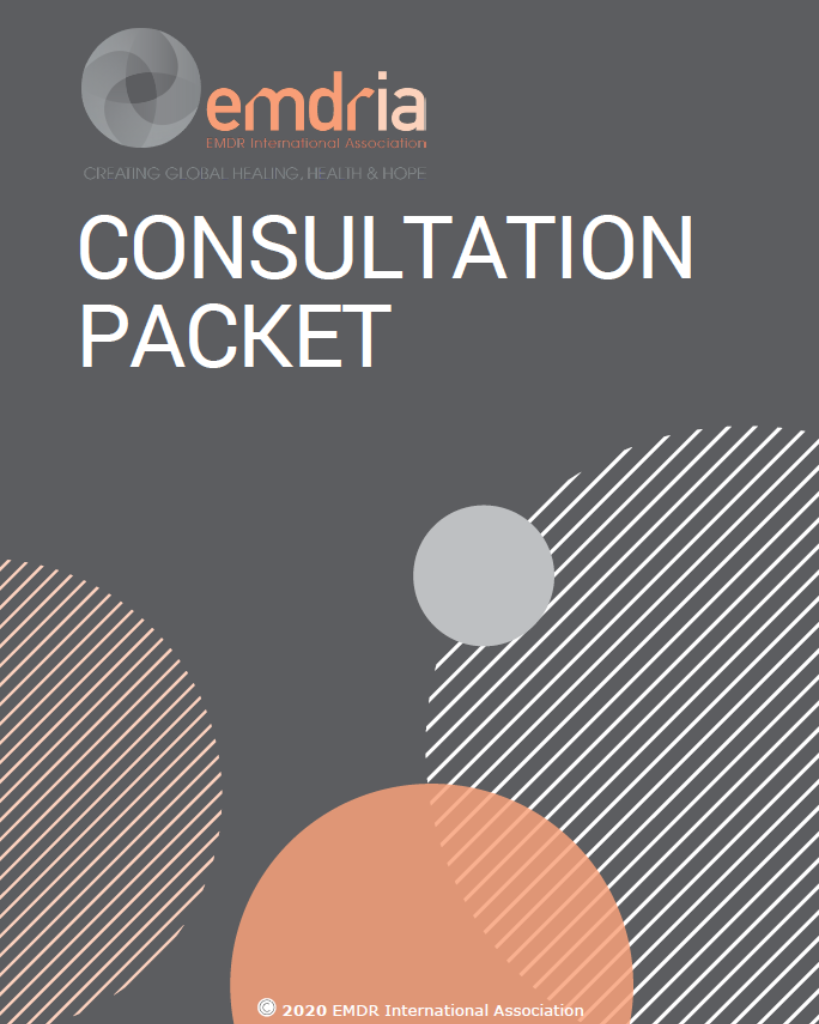EMDR-Teens-cPTSD: Efficacy of eye movement desensitization and reprocessing in adolescents with complex PTSD secondary to childhood abuse: A case series
This case series investigated the efficacy of EMDR therapy on complex post-traumatic symptoms and associated psychiatric disorders in adolescents with a history of abuse.
Article Abstract
“Background: Mental healthcare for children and adolescents with a history of childhood abuse constitutes a major public health issue. Indeed, abuse exposes children to severe and complex post-traumatic stress disorder (cPTSD) but also to neurodevelopmental and psychological repercussions impacting the developmental trajectory. Trauma-focused care is essential to avoid the chronicization of symptoms and disorders.
Objective: The aim of this prospective case series study was to investigate the efficacy of eye movement desensitization and reprocessing (EMDR) on complex post-traumatic symptoms and associated psychiatric disorders in adolescents with a history of abuse.
Method: Twenty-two adolescents, aged 12 to 17, who had been abused during childhood were included. All adolescents met ICD-11 criteria for complex PTSD. Subjective measures of PTSD and associated psychiatric disorders were taken before (T0) and after 3 months of EMDR therapy (T1).
Results: The average PTSD symptom score on the CPTS-RI significantly decreased from 40.2 to 34.4 after EMDR, indicating improvement in post-traumatic symptoms. A significant decrease in the average depression score (CDI from 18.2 at T0 to 10.6 at T1), anxiety score (R–CMAS from 21.3 at T0 to 13.3 at T1), emotional regulation score (ALS from 29 at T0 to 10.8 at T1), insomnia score (ISI from 18.5 at T0 to T1 of 9.2 at T1), and harmful use of alcohol and drugs score (ADOSPA from 2.3 at T0 to 0.3 at T1) was observed after EMDR therapy, as well as an increase in quality of life (CBCL 4–16 score from 57.9 at T0 to 77.4 at T1).
Conclusions: The results of this study are encouraging and suggest that EMDR may be effective in the symptom management reducing post-traumatic symptoms and certain comorbid disorders frequently seen in adolescents who have experienced childhood abuse. Further research is needed on adolescent populations suffering from cPTSD (e.g., randomized controlled trials with control groups and other therapies or evaluating the action of the different phases of the study).”
—Description from publisher
Article Access
Open Access
Rolling, J., Fath, M., Zanfonato, T., Durpoix, A., Mengin, A. C., & Schroder, C. M. (2024). EMDR-Teens-cPTSD: Efficacy of eye movement desensitization and reprocessing in adolescents with complex PTSD secondary to childhood abuse: A case series. Healthcare, 12(19), 1993. Open access: https://doi.org/10.3390/healthcare12191993
About the Journal
“Healthcare is an international, scientific, peer-reviewed, open access journal on health care systems, industry, technology, policy, and regulation, and is published semimonthly online by MDPI.”
—Description from publisher
Date
October 6, 2024
Creator(s)
Julie Rolling, Morgane Fath, Thomas Zanfonato
Contributor(s)
Amaury Durpoix, Amaury C. Mengin, Carmen M. Schröder
Topics
Complex Trauma/C-PTSD, PTSD, Sexual Trauma
Client Population
Adolescents
Practice & Methods
Self-Administered, Telehealth
Extent
17 pages
Publisher
MDPI
Rights
© 2024 by the authors. Licensee MDPI, Basel, Switzerland. This article is an open access article distributed under the terms and conditions of the Creative Commons Attribution (CC BY) license (https://creativecommons.org/licenses/by/4.0/).
APA Citation
Rolling, J., Fath, M., Zanfonato, T., Durpoix, A., Mengin, A. C., & Schroder, C. M. (2024). EMDR-Teens-cPTSD: Efficacy of eye movement desensitization and reprocessing in adolescents with complex PTSD secondary to childhood abuse: A case series. Healthcare, 12(19), 1993. Open access: https://doi.org/10.3390/healthcare12191993
Audience
EMDR Therapists, Other Mental Health Professionals
Language
English
Content Type
Article, Peer-Reviewed
Access Type
External Resource, Open Access





